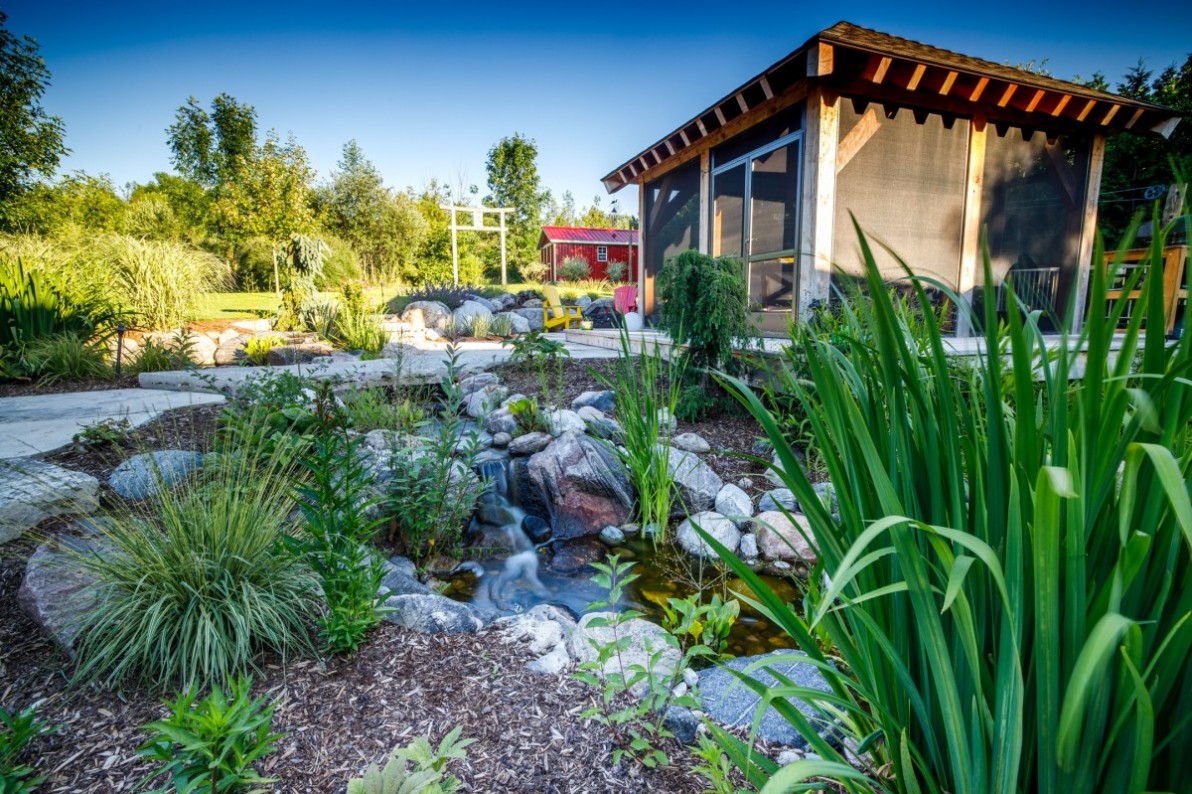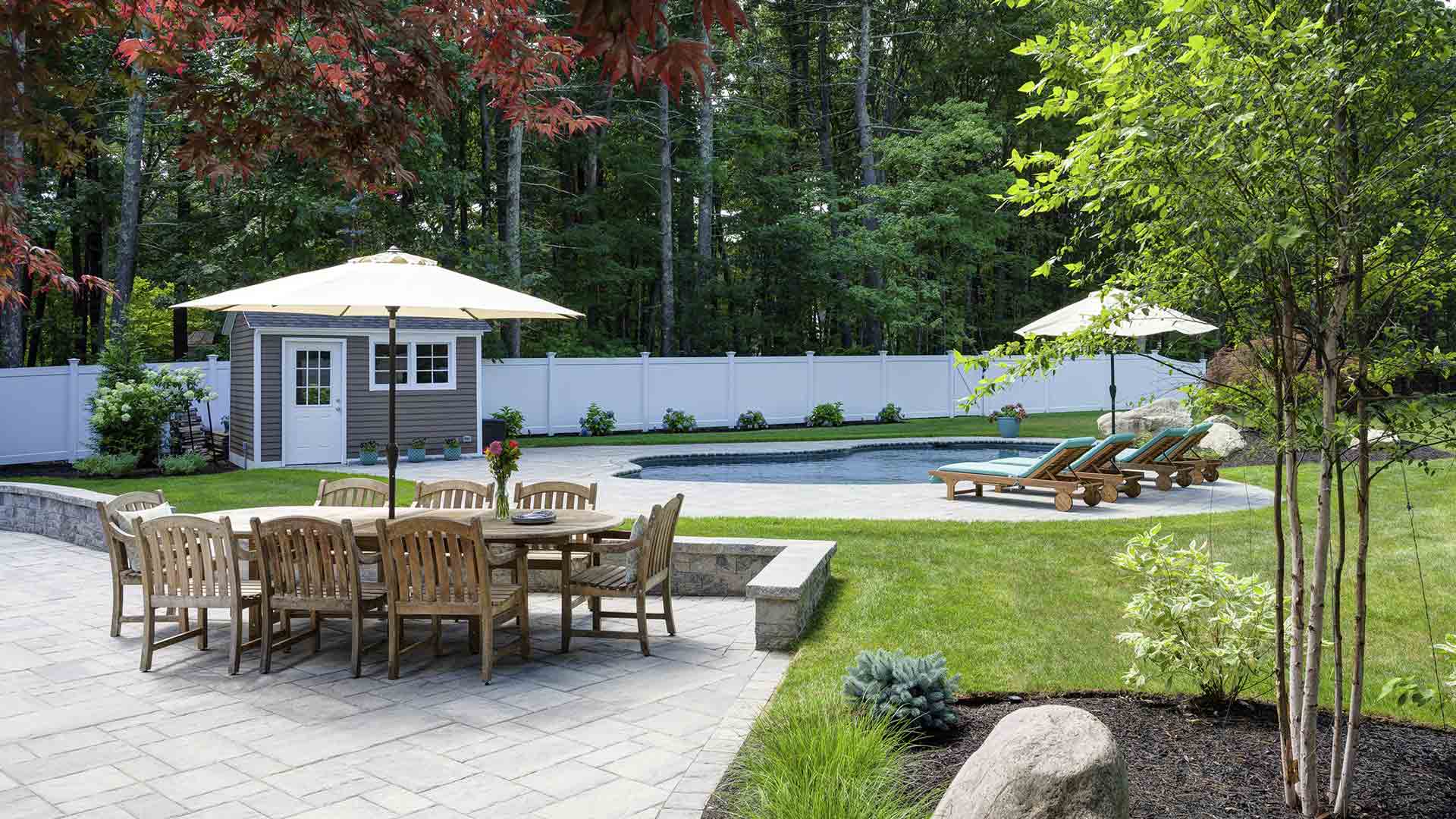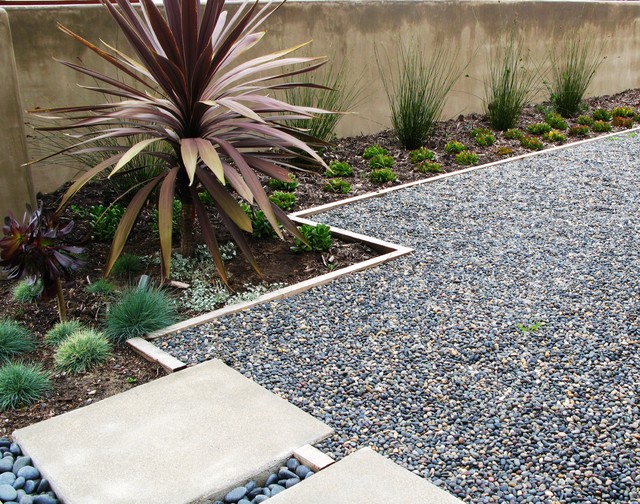The Basic Principles Of Landscapers
The Basic Principles Of Landscapers
Blog Article
Things about Landscapers
Table of ContentsThe Buzz on LandscapersSome Ideas on Landscapers You Need To KnowIndicators on Landscapers You Should KnowA Biased View of LandscapersThe Ultimate Guide To Landscapers
In the PNW there are semi-deciduous or semi-evergreen plants that may shed their leaves depending on how cool the winter months is. - A level event space, made of wood or composite product (made to look like timber), normally nearby or attached to a framework.

This is a natural procedure, and the result can be used for courses and patios. - Trick landscape features being proposed in a landscape design plan.
Fascination About Landscapers
These objectives direct the layout procedure, not the designer's design or choices. Common layout goals in Portland are reduced upkeep, drought forgiving, and pet friendly.
Nonetheless, gradually this layer can get very thick and make it difficult for water, sunlight, and nutrients to reach portions of the turf.- The process of collecting and regulating the circulation of water on a building. This can be performed with grading, French drains pipes, completely dry wells, absorptive surface areas, sump pump, rain yards, and much more.
- A slow-moving feeding irrigation system that utilizes adaptable tubes and emitters to send out a specific amount of water to each plant. - The ability of a plant to endure without much summertime water.
- A yard feature where water is stood for by an accumulated stone product, generally a gravel or granite. These are most typically discovered in modern-day and Japanese garden design.- A stone or natural flagstone patio, path, or pathway constructed without a concrete base. The base would be compacted gravel and the joints would be an accumulation or walkable ground cover.
8 Simple Techniques For Landscapers
- A stone keeping or cost-free standing wall surface constructed without the use of mortar. - A below ground structure that gather water and permits it to slow percolate right into the soil around it.
Landscape design that works with a sites' environment in both appearance and sustainability without adverse influences to the environment. Edging in the landscape is a line of separation that produces visual rate of interest in the garden by separating one sector from another section. This can be visual or functional, maintaining one component (such as pea gravel) from obtaining combined into one more (like bark dirt).
Locations can additionally have a sensation of "enclosure" provided by trees, other plantings, fences, or screens. The landscape near the entrance to a building.
A plant that is not native to the location description where it will certainly be grown. Thicker bladed lawn grass that spread via rhizomes.: The degree of dirt on your building prior to bark dust or compost is spread out.
Landscapers for Dummies

The function, factor, or action that a location is be landscaped for. Stairs work, for instance, to permit foot traffic backwards and forwards a slope. Area for expanding plants i loved this for viewing, consuming, or exercise. A roofed building utilized over an outdoor event room. The sprouting of a seed, maybe describing a yard that is being expanded from seed.
Rock item, either rounded or fractured, that is relatively little- usually 1" or much less. Low plants that are enabled or urged to spread out over a location. Can refer to any type of "tough" garden components including statuary or boulders yet many typically is made use of to describe paths, patio areas, and walls.: Elevation distinction between the level of water in a pond (or the level of the pump if it sits outside the pond) and the upper outlet of water which impacts efficiency of the water pump in gph (gallons per hour). Dense hedges or trees that form a fencing, display, or border.

Excitement About Landscapers
Typical PNW landscapes are casual. A plant that spreads out even more than desired, or right into habitats where it does damages.
Smart irrigation controller reviews and suggestions here. 2-D making of the recommended irrigation system. Can include head positionings and protection, dig this pipe sizing, GPM specifications, and materials required to install this system. An irrigation plan is usually unneeded for residential properties yet is usual for commercial projects. Licensed professional who develops landscapes, educated in design and architecture in addition to in cultivation.
Landscape developers commonly have much less education than Landscape Architects and are not accredited. A finished landscape style, outlining all elements for the new landscape.
A water limited HDPE material utilized beneath fish ponds, streams and waterfalls in water functions. Making use of lots of plantings of the same selection to load in a location in the landscape.
Report this page